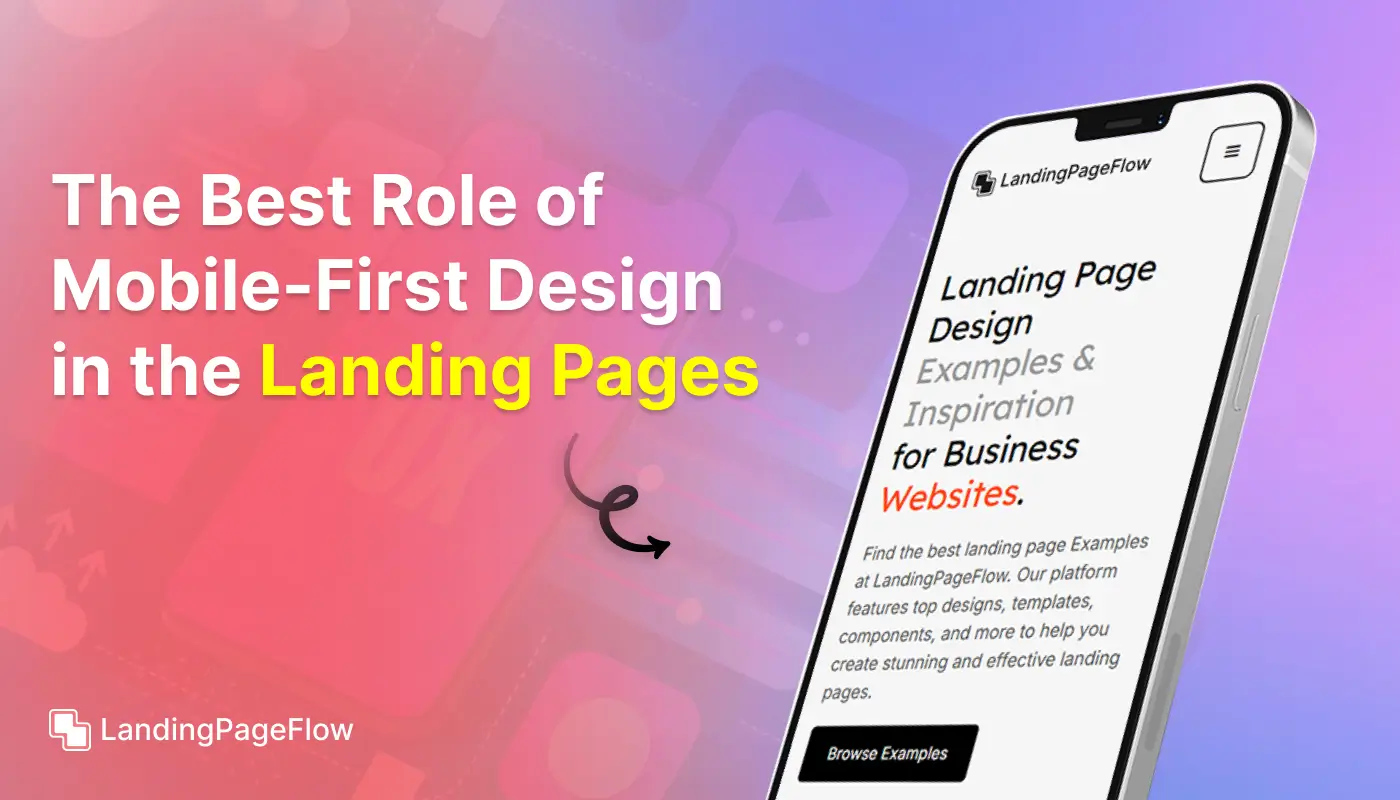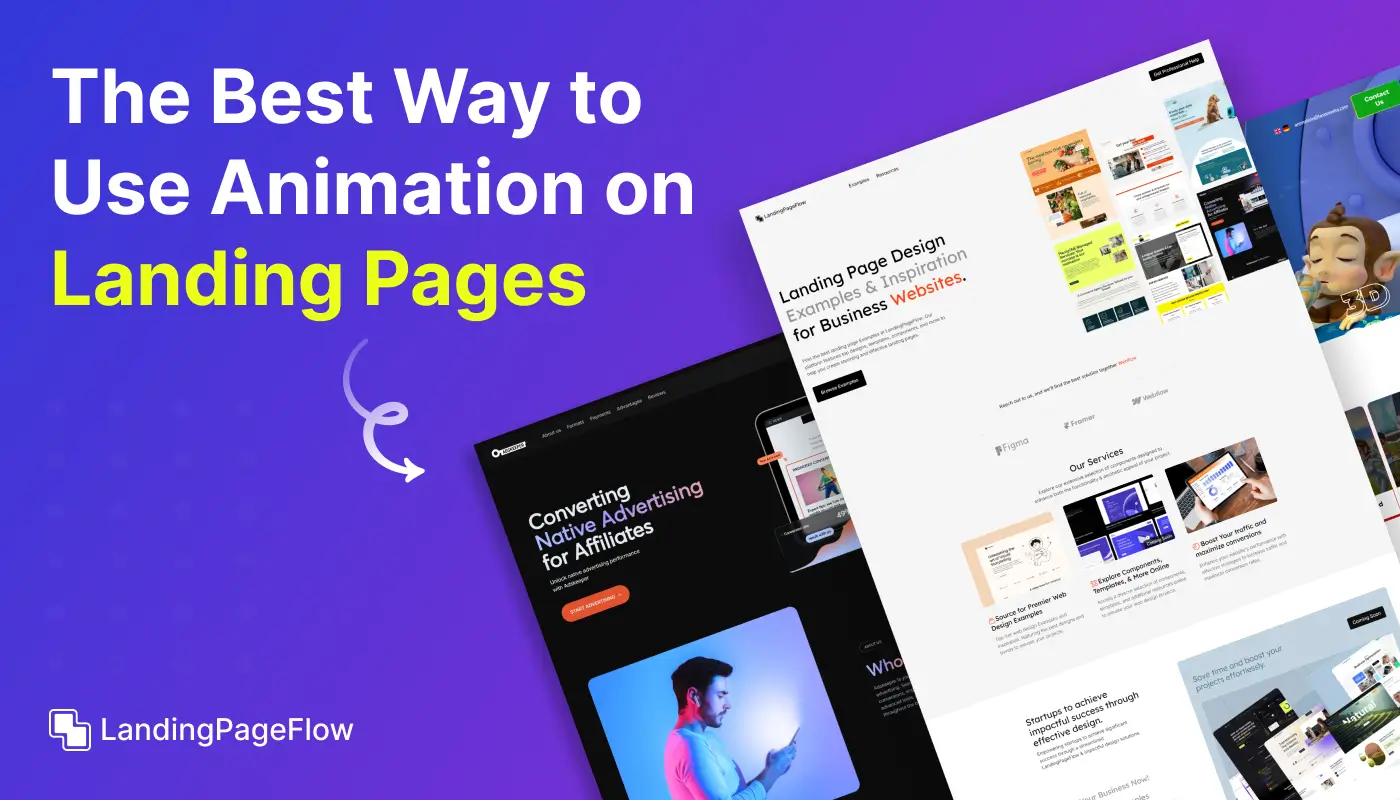Maximize Conversions with a High-Impact Google Ads Landing Page

November 18, 2025
Launching ads is only half the battle. The real challenge is making every click count by guiding visitors toward a clear, irresistible offer. A focused Google Ads landing page ensures that your audience sees exactly what they expect after clicking your ad.
This precision builds trust instantly and reduces bounce rates, leading to stronger campaign results. Every element, from headlines to call-to-action buttons, works together to create a seamless flow toward conversion.
Visitors arrive with a need, and your landing page becomes the direct answer they’ve been searching for. A clear message combined with a clean layout helps visitors focus on taking the desired action.
Strong visuals, persuasive copy, and a frictionless user experience are essential for success.
That means more results from the same budget and a stronger return on every click.
"Struggling to turn ad clicks into sales?
Claim your free optimization blueprint & make your landing page."
Table of Contents
- Understanding the Importance of a Dedicated Landing Page
- Key Elements of a High-Impact Google Ads Landing Page
- Relevant and Compelling Headline
- Consistent Messaging Between Ad and Landing Page
- Strong and Clear Call-to-Action (CTA)
- Clean and Focused Design
- Fast Loading Speed
- Best Practices For Optimizing Your Google Ads Landing Page
- Mobile Optimization
- A/B Testing for Continuous Improvement
- Using Trust Signals and Social Proof
- Advanced Strategies For Enhancing Landing Page Performance
- Personalization and Dynamic Content
- Utilizing Google Analytics and Conversion Tracking
- Integrating with CRM and Automation Tools
- Common Mistakes to Avoid in Google Ads Landing Pages
- Mismatched Messaging
- Overloading with Information
- Ignoring Mobile Users
1. Understanding the Importance of a Dedicated Landing Page

When running a Google Ads campaign, every click comes at a cost, and it’s essential to ensure that each visitor has a high chance of converting.
A dedicated landing page, designed specifically for the ad campaign, allows you to create a focused and optimized experience that aligns with the visitor's intent.
Unlike generic web pages, a landing page tailored to your Google Ads campaign can significantly increase your conversion rate by removing distractions and guiding the visitor toward a specific action.
2. Key Elements of a High-Impact Google Ads Landing Page

Relevant and Compelling Headline
Your headline is the first thing visitors see when they land on your page, and it needs to immediately capture their attention.
The headline should be directly related to the ad that brought them to your page, reinforcing the message and promise made in the ad.
For example, if your ad promotes a discount on a specific product, your headline should clearly state the offer, such as "Get 20% Off Our Best-Selling Product Today!" This consistency helps maintain the visitor's interest and encourages them to stay on the page.
Consistent Messaging Between Ad and Landing Page
One of the most critical aspects of a high-impact landing page is message consistency. The content and visuals on your landing page should align with the ad that led the visitor there.
If your ad promises a free consultation, your landing page should prominently feature information about how to claim that consultation, rather than unrelated content.
This alignment builds trust and ensures that visitors feel confident they are in the right place.
Strong and Clear Call-to-Action (CTA)
Your call-to-action (CTA) is the linchpin of your landing page's success. It needs to be clear, direct, and impossible to miss.
The CTA should tell visitors exactly what to do next, whether it's "Download Your Free Guide," "Claim Your Discount," or "Sign Up Now." The CTA button should stand out visually, using a contrasting color that draws attention and should be placed in a prominent location on the page.
Clean and Focused Design
A cluttered landing page can overwhelm visitors and reduce conversions. Your landing page design should be clean and focused, with plenty of white space to make it easy for visitors to navigate. All elements on the page should support the primary goal of conversion, whether it's through reinforcing the offer, providing supporting information, or guiding the visitor toward the CTA. Avoid including unnecessary elements that could distract from the main message.
Fast Loading Speed
In today’s fast-paced digital world, page speed is crucial. A slow-loading landing page can frustrate visitors and lead to high bounce rates, particularly when they arrive from a Google ad expecting a quick and seamless experience. Ensure that your landing page loads quickly by optimizing images, minimizing code, and using reliable hosting services. Google’s PageSpeed Insights tool can help you identify areas for improvement.
3. Best Practices For Optimizing Your Google Ads Landing Page

Mobile Optimization
With more people accessing the internet via mobile devices, it’s essential to ensure that your landing page is fully optimized for mobile users.
A responsive design that adapts to different screen sizes is crucial, as is ensuring that buttons are easy to tap and forms are simple to fill out on a smaller screen.
Mobile users should have the same seamless experience as desktop users, with no friction in the conversion process.
A/B Testing for Continuous Improvement
A/B testing, or split testing, is an effective way to optimize your landing page over time.
By creating different versions of your landing page and testing various elements—such as headlines, CTAs, images, and copy—you can identify what resonates most with your audience and drives the highest conversions.
Regular A/B testing allows you to make data-driven decisions and continuously improve the performance of your landing page.
Using Trust Signals and Social Proof
Trust signals, such as customer testimonials, security badges, and third-party endorsements, can help build credibility and reassure visitors that they are making a safe and informed decision.
Social proof, such as user reviews or case studies, is also a powerful tool for boosting conversions.
By showcasing the positive experiences of others, you can reduce visitor anxiety and increase the likelihood of them completing the desired action.
4. Advanced Strategies For Enhancing Landing Page Performance

Personalization and Dynamic Content
Personalization is a growing trend in digital marketing, and it can be a powerful way to enhance your landing page's performance.
By using dynamic content that changes based on the visitor's behavior, location, or past interactions with your brand, you can create a more tailored and relevant experience.
For example, you could display different CTAs or offers based on the visitor’s previous interactions with your site, increasing the likelihood of conversion.
Utilizing Google Analytics and Conversion Tracking
Google Analytics and conversion tracking tools are essential for monitoring the performance of your landing page.
By tracking key metrics such as conversion rate, bounce rate, and time on page, you can gain valuable insights into how visitors are interacting with your page and where improvements can be made.
Setting up conversion tracking in Google Ads allows you to directly measure the effectiveness of your campaigns and make data-driven adjustments to your landing page.
Integrating with CRM and Automation Tools
To maximize the value of the leads you capture through your landing page, it’s important to integrate with your customer relationship management (CRM) system and marketing automation tools.
This allows you to segment leads, nurture them with targeted content, and move them through your sales funnel more effectively.
By automating follow-up actions, you can ensure that no lead falls through the cracks and that each one is given the attention it deserves.
5. Common Mistakes to Avoid in Google Ads Landing Pages

Mismatched Messaging
One of the most common mistakes in Google Ads landing pages is mismatched messaging between the ad and the landing page.
If the content of your landing page doesn’t align with the promise made in the ad, visitors are likely to bounce quickly.
Ensure that the headline, copy, and offer on your landing page directly reflect the ad that led the visitor there.
Overloading with Information
While it’s important to provide enough information to persuade visitors to convert, overloading your landing page with too much content can be counterproductive.
Keep your copy concise and focused on the benefits of your offer, and use bullet points, short paragraphs, and visual elements to make the content more digestible.
The goal is to provide just enough information to convince visitors to take action without overwhelming them.
Ignoring Mobile Users
With a significant portion of internet traffic coming from mobile devices, ignoring mobile optimization is a critical mistake.
A landing page that isn’t mobile-friendly can lead to high bounce rates and lost conversions. Ensure that your landing page is fully responsive and provides a smooth experience for all users, regardless of the device they are using.
Conclusion
A high-performing Google Ads landing page doesn’t just look good, and it works hard to convert every visitor into a customer. By focusing on relevance and clarity, you create a natural path from ad click to conversion.
Every second matters, and your landing page should inspire action before distractions set in.
Carefully placed headlines, compelling offers, and persuasive visuals all add up to higher conversion rates. Even small design improvements can dramatically impact campaign results and revenue growth.
The right strategy turns your page into a 24/7 sales engine for your business.
Investing in an optimized landing page is one of the fastest ways to maximize ROI from your ad spend. Now is the perfect time to turn clicks into loyal customers and make your campaigns more profitable than ever.

FAQ
1. Why is a dedicated Google Ads landing page important?
A dedicated landing page matches the ad’s promise, improving relevance, trust, and conversion rates.
2. How does it affect my Google Ads quality score?
A relevant landing page can improve your quality score, which may lower your cost-per-click and increase visibility.
3. Can I use my homepage instead?
Homepages are too broad; a landing page is focused on one goal, making it more effective for ad campaigns.
4. What should be included on a Google Ads landing page?
A clear headline, persuasive copy, strong visuals, and a single focused call-to-action are essential.
5. How long should my landing page be?
It should be long enough to explain the offer clearly but short enough to keep attention focused on action.
6. How soon can I see results after optimizing my landing page?
Many businesses notice improvements within days, depending on traffic and ad spend.



















